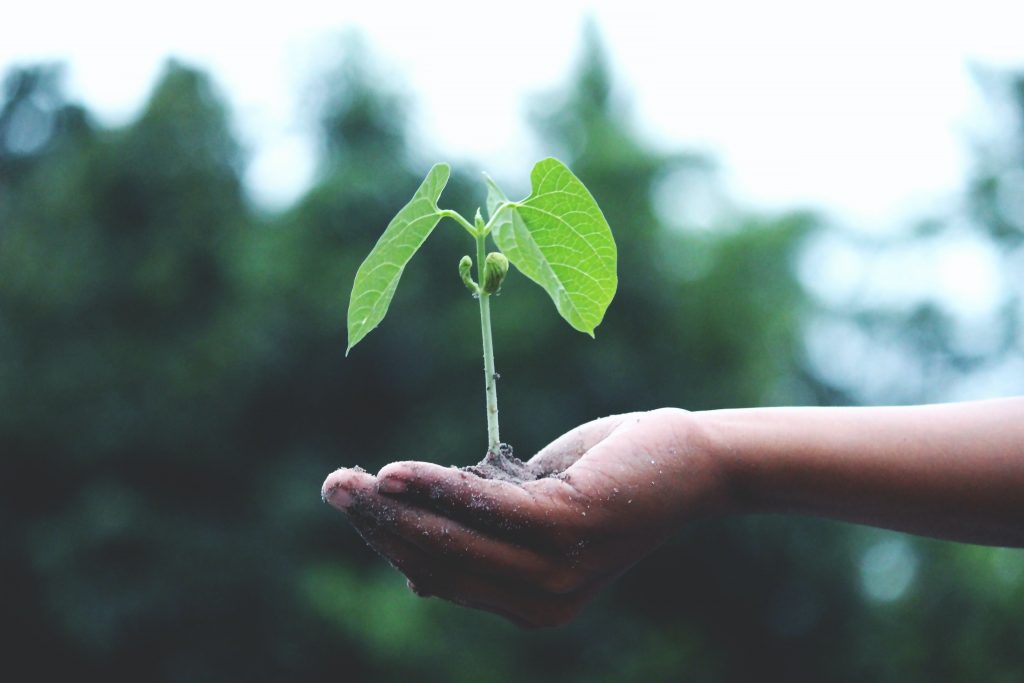
MBF is a sustainable sourcing company that aims to help corporations be greener through corporate gifts, apparels, office supplies and food & beverage products.
Working in any kind of self-founded sustainability startup, social enterprise, non-governmental organisation (NGO) or interest group brings a unique sense of satisfaction, ownership and excitement. I founded MBF with a bunch of college friends back in 2018 when I was 21 which made me feel like I could do just about anything. If there was something I would tell my 21 year-old self, I would tell him three things: have a vivid and actionable vision, build a community of sustainability, and engage with people who are not familiar with sustainability.
1. Vivid and actionable vision
It is typical for founders in the sustainability space to be concerned about specific issues and passionate about certain causes. I think first is figuring out WHY you care – why you are passionate and driven to do something about it. For me, I have been passionate in the corporate sustainability space, wanting to make all companies and businesses sustainable. Personally, I feel that the greatest sustainability impact would be to change companies through their employees, purchases, investments etc. as it involves a lot of people and money going into the sustainability space, but you decide what’s right for you.

After knowing your WHY, it is time to get to your HOW. How do you envision the world to be in 10-20 years? Then, how are you going to reach that vision in a broad sense? I think it is important to have a clear idea of the outcomes you want from your organisation. For MBF and I, we imagined that all businesses could have the choice to confidently pick more sustainable and eco-friendly products and have minimal to zero packaging, backed up with green certifications. And don’t just put it in writing, really create a vivid image in your head – somewhat like the power of manifestation. The image anchors your mind towards a more visual and tangible outcome for you and your organisation.
To grind it down further, WHAT are the smaller milestones along the way to achieve your goal? From the big vision of what you and your organisation wants to achieve, it is time to think about the steps you are going to take. We knew that MBF needed to acquire clients as we were partnering with corporations – so going for sustainability events, posting on LinkedIn and connecting with the top executives of companies. The hope is that this framework allows you to convert these elusive feelings of passion into actions for sustainability.
2. Building a community of sustainability
In terms of the types of action, I believe the one key thing we all can do in the sustainability space is to build community, in whatever capacity that looks like. The number of people working in this space is growing but still small in Southeast Asia. The first thing that we can do is to cultivate an internal team and culture of sustainability that believes in improving the the social and environmental well-being of the world. Then, as part of your organisation, you have the power to choose the right kind of partnerships, collaborations, and capacity-building projects you want to see.
MBF decided to partner with Earth School Singapore because biodiversity education was something we felt deeply about. Education was not something we did with our main business and partnering with Earth School gave us the avenue to do so. We also connected ourselves to the general startup environment, learning from different sustainability startups like Thryft and Urban Green Dot to see if there are any synergies. Building a community and network of sustainability-driven people might seem like a lot of work but by contributing to this growing community, you seek to gain much more.

3. Engage with people who are not familiar with sustainability
This last thing is probably one of the most challenging. We believe in the importance of growing sustainability awareness and bringing people on their own sustainability journey. There are MANY tactics in the book to urge people into sustainability, but I will share three quick ones that I have learnt along the way.
- Create a strong practical case for caring about social well-being and the environment. We need to speak on their terms first. Whether is it cost savings, new revenue streams, staying ahead of the curve, planning for regulatory changes, great publicity (It can be green-washing and you should look out for that) etc. These are pragmatic concerns that traditional companies and organisations think about first. Hence, tying sustainability with a convincing argument grounded in practicality is what gets you through the door.
- Bridge knowledge with emotions in the social and environmental sphere. They may be somewhat aware of the sustainability issues but may not really know the gravity of climate change, for example. It will be the most impactful if the right case studies and figures are brought up during interactions with these people. It shows you understand what could be useful and relevant to them. To further amplify its impact would be to link the figures with an emotional and humanistic narrative. As an example, MBF has done water footprint calculations for our products. Particularly, our bamboo-cotton training gear saves more than 4,000 litres of water (the data and figures), which is equivalent to around 7 years of precious drinking water per training gear for people in low-income crop-growing regions (the narrative aspect).
- Walk the talk with your internal teams and personal life. Truly sustainable companies have such a strong culture of sustainability that team members simply practise even if no one is looking. There is a lot more credibility if there are strong internal policies, training, systems and infrastructure to act in an environmentally and socially beneficial manner. While potential clients, partners and investors may not see all aspects of it, being able to glimpse into truly sustainable day-to-day operations matters more than just the branding of a socially- and environmentally-focused organisation.

